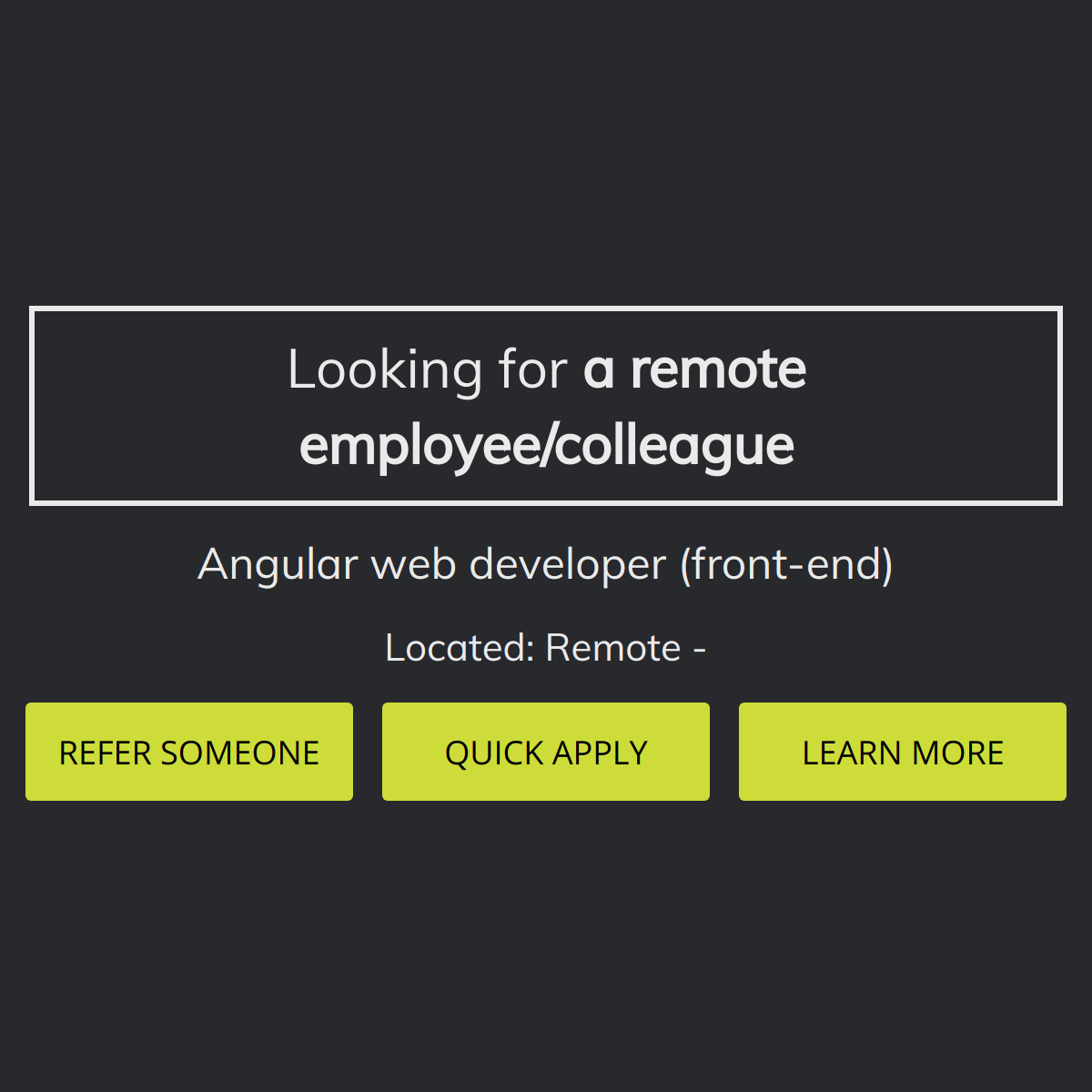Zeplin Angular
Announcing new features for product teams
When Zeppelin launched its plant engineering business unit many years ago, everyone involved was clear that the venture would only prove successful if a no-holds-barred quality strategy was pursued. This led to the decision to manufacture our own key components for our systems. Reliability is the key.
Introducing Component Variants, Zapier Integration, and new Notifications experience. Learn more.
- Zeplin Extensions Get more out of Zeplin, together. Extensions are built by the community to generate code snippets from designs. Pick the ones that fit your workflow, or create your own and contribute.
- With Zeplin, you can publish finalized designs from Figma, Sketch, Adobe XD and Photoshop. Developers get a 'locked' design to build from, while designers can iterate on the next great release. Zeplin is the source of truth for finalized designs, if it’s not in Zeplin it won’t be.
- Z.angularBind ('locations', mappings.collect ) The data from this query is used to make the mappings and bind it to angular so that any angular code can reference it. Zeppelin has the ability to bind data into other languages so it can be used by different paragraphs in the same note.
- Do you have designs in Zeplin, and need to turn those into React Native UI (or even html) codes? This will take those design’s json schema, and automatically create React Native snippets/components.
Designers have published 6,860,86764 Figma, Sketch and Adobe XD designs to Zeplin for development and collaboration in the past 30 days.
Get started for freeGo to projects →
Leading product teams use Zeplin
Explore why →Publish designs for development
Go beyond specs. With Zeplin, you can publish finalized designs from Figma, Sketch, Adobe XD and Photoshop.
Developers get a 'locked' design to build from, while designers can iterate on the next great release.
Zeplin is the source of truth for finalized designs, if it’s not in Zeplin it won’t be in the shipped product.
Bring together the multidisciplinary team
An accessible workspace that is friendly to non-designers including developers, product managers, copywriters and more.
Zeplin also helps the team collaborate by providing much needed organization and structure to native design files.
Zeplin provides an inclusive workspace where team members from varying disciplines like product managers, UX writers and more can come together to deliver on designs.
Extend your design system
Drive consistency by surfacing design system elements where developers can easily reuse them. Then, go even further by using Connected Components to extend designs to code!
open platform
Connect your tools and build custom workflows
Leverage your investments in tools like Jira, Trello, Slack and VS Code through deep integrations with Zeplin.
With the Zeplin open API and webhooks, you can also create custom workflows to support your specific needs.
Deliver on the promise of design
Basic Usage
In addition to the backend Angular API to handle Angular objects binding, Apache Zeppelin also exposes a simple AngularJS z object on the front-end side to expose the same capabilities.This z object is accessible in the Angular isolated scope for each paragraph.
Bind / Unbind Variables
Through the z, you can bind / unbind variables to AngularJS view.Bind a value to an angular object and a mandatory target paragraph:
Unbind/remove a value from angular object and a mandatory target paragraph:
Empire driver. The signature for the z.angularBind() / z.angularUnbind() functions are:
Zeppelin Angular Core
All the parameters are mandatory.
Zeppelin Angular Font
Run Paragraph
You can also trigger paragraph execution by calling z.runParagraph() function passing the appropriate paragraphId:
Overriding dynamic form with Angular Object

The front-end Angular Interaction API has been designed to offer richer form capabilities and variable binding. With the existing Dynamic Form system you can already create input text, select and checkbox forms but the choice is rather limited and the look & feel cannot be changed.
The idea is to create a custom form using plain HTML/AngularJS code and bind actions on this form to push/remove Angular variables to targeted paragraphs using this new API.
Consequently if you use the Dynamic Form syntax in a paragraph and there is a bound Angular object having the same name as the ${formName}, the Angular object will have higher priority and the Dynamic Form Drivers 3dfx voodoo banshee. will not be displayed. Example:

Zeppelin Angular Download
Feature matrix comparison
Zeppelin Angular Tutorial
How does the front-end AngularJS API compares to the backend Angular API? Below is a comparison matrix for both APIs: Waterfox browser review 2021.
| Actions | Front-end API | Back-end API |
|---|---|---|
| Initiate binding | z.angularbind(var, initialValue, paragraphId) | z.angularBind(var, initialValue) |
| Update value | same to ordinary angularjs scope variable, or z.angularbind(var, newValue, paragraphId) | z.angularBind(var, newValue) |
| Watching value | same to ordinary angularjs scope variable | z.angularWatch(var, (oldVal, newVal) => ..) |
| Destroy binding | z.angularUnbind(var, paragraphId) | z.angularUnbind(var) |
| Executing Paragraph | z.runParagraph(paragraphId) | z.run(paragraphId) |
| Executing Paragraph (Specific paragraphs in other notes) ( | z.run(noteid, paragraphId) | |
| Executing note | z.runNote(noteId) |
Both APIs are pretty similar, except for value watching where it is done naturally by AngularJS internals on the front-end and by user custom watcher functions in the back-end.
Zeppelin Angular
There is also a slight difference in term of scope. Front-end API limits the Angular object binding to a paragraph scope whereas back-end API allows you to bind an Angular object at the global or note scope. This restriction has been designed purposely to avoid Angular object leaks and scope pollution.
